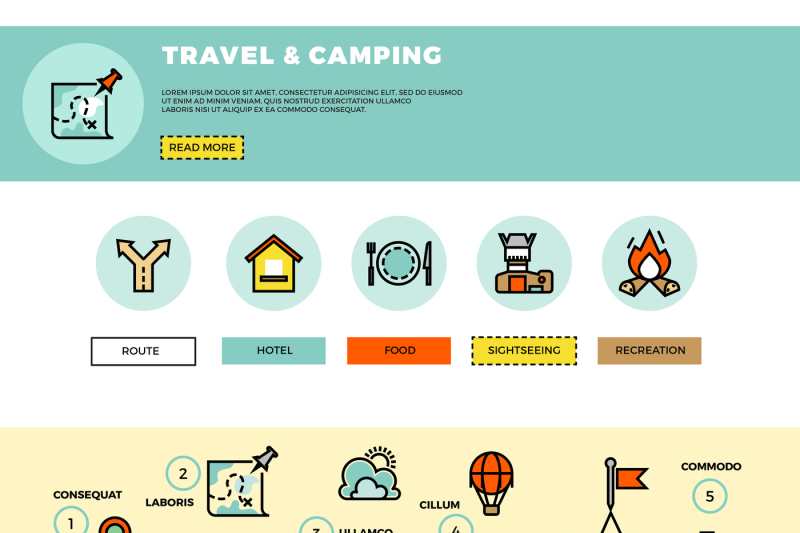While both deal staminas in various settings, it is essential to figure out which sort of insulation will certainly best serve your requirements. The insulation you select influences heat, weight, water resistance, compressibility and rate.
Down is gathered from waterfowl, usually ducks or geese. It is valued for its lightness, simple compression and insulating properties. Nevertheless, down comes to be much less reliable when damp.
Warmth-to-Weight
A high warmth-to-weight ratio is preferred in outside clothing and equipment. The protecting residential properties of down feathers make them an excellent choice for this purpose, as they are extremely cozy and light-weight.
Nevertheless, down loses its shielding capacities when it gets wet, meaning it requires to be coupled with a water-proof shell. Additionally, some people dislike down, making artificial jackets a better alternative for them.
Synthetic insulations are generally made from recycled polyester and made to resemble down's shielding properties. They are not as light-weight as down, however they do not lose their shielding capacities when they splash and completely dry faster than down. They are also extra inexpensive than down. However, their lifespan is much shorter than down, leading to higher upkeep and replacement costs.
Water Resistance
The insulation you pick for your job jacket will make a huge distinction in how comfortable you really feel outdoors. Nevertheless, the sort of insulation you select also has substantial implications for your sustainability objectives.
Down is an excellent insulator for a number of reasons. It's light-weight, compressible, and supplies a good warmth-to-weight ratio. Nevertheless, it doesn't prosper when it splashes. Down globs up and loses its loft when wet, which can substantially minimize its capability to trap warmth.
Synthetic insulation products, such as Thinsulate and Primaloft, stand up far better against damp problems. They generally have a tight weave or chemical coating that keeps water from penetrating the material. This enables the insulation to stay breathable, even if wet. It deserves keeping in mind that synthetics can also be uncomfortable when damp, but they retain their insulating residential or commercial properties.
Compressibility
While goose down does have an exceptional warmth-to-weight ratio, artificial insulation does likewise. However, unlike down which soaks up and sheds its insulating capacities when wet, artificial insulation does not. Consequently, it can keep its loft space and trap cozy air in wet problems.
Normally manufactured from polyester sheets or collections that imitate down, one of the most typical synthetic insulation brand names include PrimaLoft, FullRange, Thermoball and Patagonia's PlumaFill. While it still can not match down's loftiness and warmth-to-weight, synthetic jackets are light-weight, quick to completely dry and cheaper than down. This makes artificial coats perfect for damp atmospheres, or if you're prone to sweating greatly. Synthetic coats are likewise much less fragile than down and can lose. This resilience extends to their face materials which are usually thicker and a lot more resilient than down.
Longevity
A major factor to consider in sustainability is a product's durability and resilience. All-natural products like cork, ThermaCork expanded cork and Havelock woollen last longer than synthetic alternatives like fiberglass and vinyl. They also require less maintenance and can withstand extreme ecological conditions.
Nonetheless, all-natural insulation doesn't perform as well when damp as artificial alternatives. Wool and fleece clump together when damp, jeopardizing their capacity to trap warmth. Artificial insulation, on the other hand, does not take in moisture and continues to shield also when soaked.
This makes synthetic tent floor insulation perfect for wet climates and exhausting activities where you could sweat greatly. It's likewise less complicated to wash and dries out faster than down. This added durability and dependability make artificial insulation an overall champion in this group. This translates to long lasting insulated work boots that last long and maintain you warm up with demanding atmospheres.
Sustainability
Natural products use biodegradability and a smaller environmental footprint, while synthetic options brag resilience and ingenious applications that support power effectiveness. Nevertheless, it is essential to recognize real ecological effect of these insulation materials from cradle-to-grave.
As an example, if a natural insulation product has to take a trip a cross country from its source to the building website, transportation-related emissions increase its total carbon impact. Selecting in your area sourced and reused items minimizes that effect. And, choosing GREENGUARD and Cradle to Cradle certifications makes certain that insulation is without volatile natural substances (VOCs) and supports liable sourcing and labor problems.
Sheep's woollen and cork are eco-friendly insulation sources that are harvested without hurting the tree or plant. Both have actually the included advantage of being naturally immune to mold, pests and moisture.
